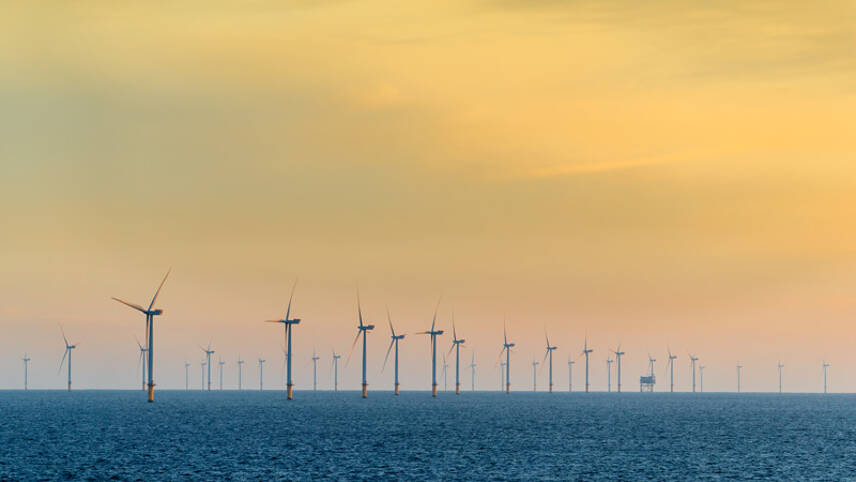Register for free and continue reading
Join our growing army of changemakers and get unlimited access to our premium content

Pictured: The Hornsea One wind farm. Image: Orsted
The National Grid Electricity System Operator (ESO) posted on Twitter today (3 January 2023) to confirm that two new records were recorded on the day, due to “windy weather and low electricity use”.
The wind generation record was broken for the third time in 2022, National Grid ESO confirmed, with almost 21GW (20.918GW) of generation recorded on Friday. This is attributable to windy weather, with average windspeeds across the UK on that day reaching 13.9 mph. This would be classed as a ‘gentle breeze’ on the Beaufort scale.
These favorable conditions for wind energy generation – offshore and onshore – led to the record for the percentage of zero-carbon electricity generated on the day to be broken. More than 87% of generation on the day was classed as zero-carbon.
Nonetheless, the records for coal-free power generation and the lowest carbon intensity of the electricity mix, set in June 2020 and April 2021 respectively.
Road to 100%
The UK Government is aiming for 95% of the nation’s electricity generation mix to be from low-carbon and zero-carbon sources by 2030, as per the Energy Security Strategy published in April 2022. Then, by 2035, it is aiming for all unabated fossil-fired electricity generation to come offline.
Coal power plants in the UK will need to retire by the start of October 2024, with the final closure expected in September 2024 – Uniper’s Ratcliffe-on-Soar plant.
Then, through to 2035, gas-fired plants will need to invest in carbon capture. At the same time renewables and nuclear will need to be scaled up, as well as energy storage. Whether the UK Government is adequately planning for these changes, as well as the necessary changes in infrastructure, is debated. Industry body RenewableUK stated last summer that it is concerned about a lack of plans to streamline planning schemes, improve contracts for difference auctions and increase the number of people qualified to work in renewables and energy efficiency.
G7 nations committed at their 2022 meeting in Germany to following in the UK’s footsteps, jointly pledging to deliver “predominantly” low-carbon power grids by 2035.


You report windy weather, saying ‘This is attributable to windy weather, with average wind speeds across the UK on that day reaching 13.9 mph’. But at what height? The standard height is 10m, with speeds measured in metre/second. Stating the height is vitally important, since wind turbine generating hubs and their blades operate at much higher heights where wind speed is significantly greater.